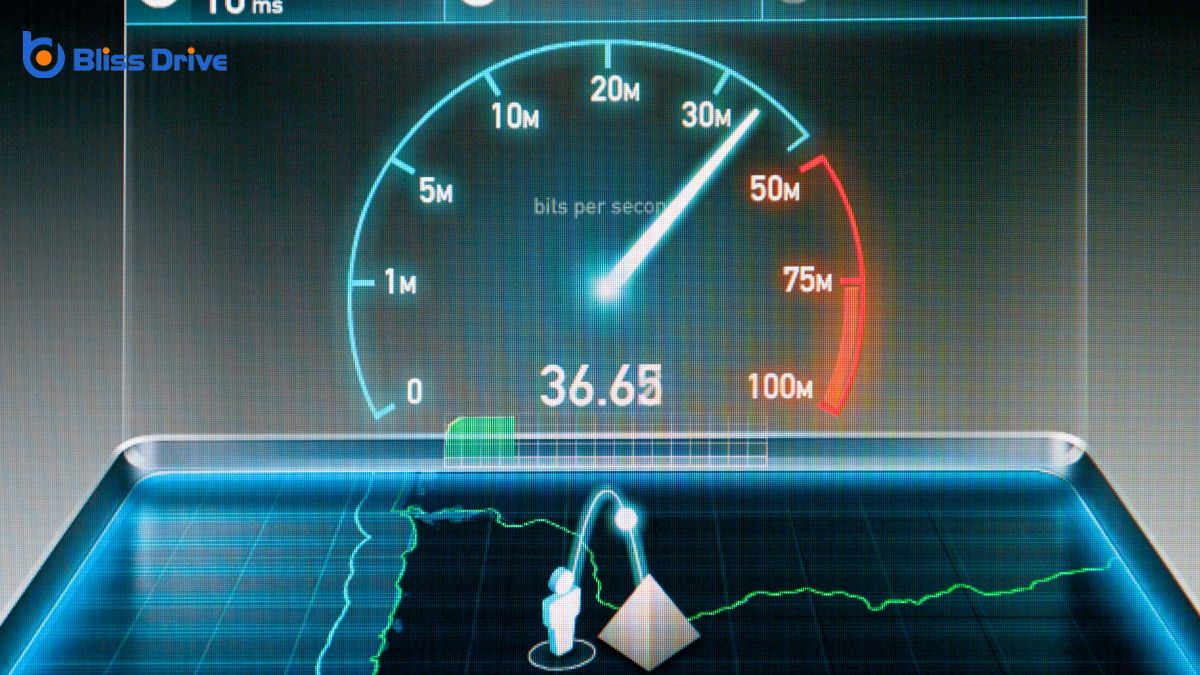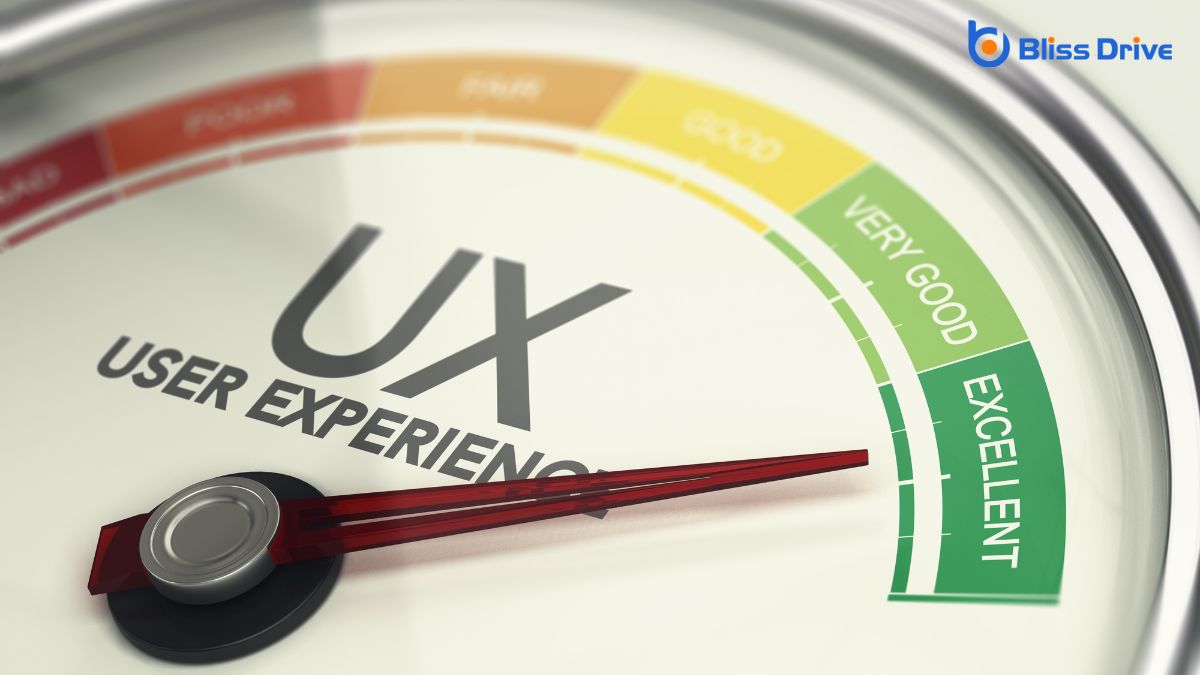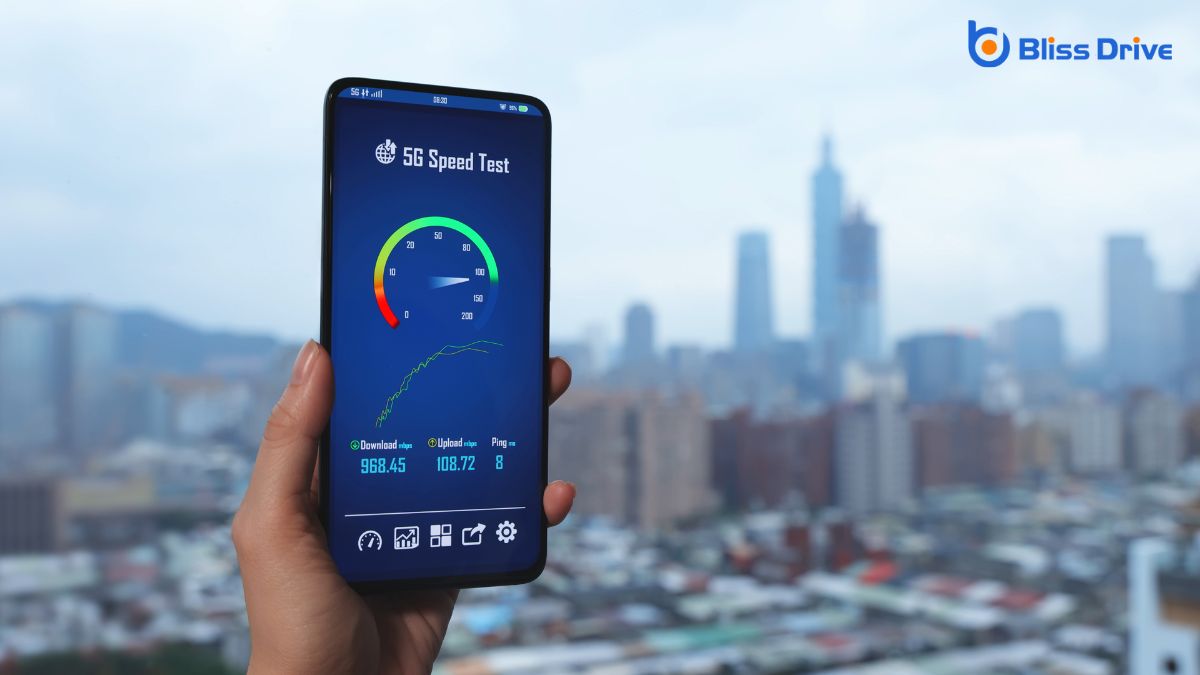Learn More About Us

You're managing the digital landscape, where site speed can make or break your online presence. Imagine losing potential customers because your site takes too long to load. It's not just about impatience; it's about user experience, conversions, and search rankingsThe position at which a website appears in the SERP.. A sluggish site can hurt your brand's reputation and cost you sales. Curious about how to keep your website fast and efficient? There's more to uncover in this essential topic.

When it comes to user experience, site speed plays an essential role in keeping visitors engaged and satisfied. You know how frustrating it can be when a website takes forever to load. Slow sites make you lose interest quickly, leading you to abandon the page entirely.
Fast-loading sites, on the other hand, keep your attention and make maneuvering a breeze. A site that loads swiftly enhances your interaction, making it easier to find what you’re searching for, whether it's information, products, or services.
You’ll appreciate the seamless experience where pages shift smoothly, allowing you to focus on the content rather than waiting for it to appear. By prioritizing site speed, you guarantee a positive experience that leaves visitors like you enthusiastic to return.
Although often overlooked, site speed directly influences your conversion rates by impacting how quickly visitors can interact with your content and make purchasing decisions.
When your website loads swiftly, users are more likely to stay engaged, browse longer, and complete their transactions. A sluggish site can frustrate potential buyers, causing them to abandon their carts and look elsewhere.
You want your customers to have a seamless experience, and fast-loading pages play an essential role in achieving that. Every second counts; even a one-second delay can greatly reduce your conversion rates.
By optimizing site speed, you not only enhance user satisfaction but also increase the likelihood of turning visitors into loyal customers.
While many factors influence search engine rankings, site speed plays a vital role in determining where your website appears in search results.
Search engines, like Google, prioritize fast-loading websites because they enhance user experience. When your site loads quickly, visitors are more likely to stay and engage, signaling to search engines that your content is valuable and relevant.
Conversely, a slow site can decrease your ranking, making it harder for potential visitors to find you.
Search engines use algorithms that consider site speed as a ranking factor, meaning a sluggish website might cost you visibility. Improving your site's speed can lead to higher rankings, driving more organic trafficVisitors who come to a website through unpaid search engine results. your way.
Don’t underestimate the impact of speed—it’s essential for your online success.
A sluggish website doesn't just test your visitors' patience; it can also hit your bottom line hard. When users face delays, they’re likely to abandon your site, leading to lost sales and missed opportunities.
Every second counts and slow load times can mean the difference between a successful transaction and a lost customer. If your site loads slowly, you risk damaging your brand's reputation, as visitors associate poor performance with unprofessionalism.
Additionally, a slow website can increase your operational costs. You might spend more on customer supportServices provided to assist customers before, during, and after a purchase to ensure a positive expe..., as frustrated users seek help.
Plus, you'll likely invest in advertising to drive traffic, only to lose potential conversions due to speed issues. Addressing site speed is vital to maintaining profitability and customer satisfaction.
To truly understand your site's speed, you'll want to focus on key metrics like load time analysis and performance metricsKey indicators used to measure the effectiveness of affiliate marketing efforts, such as clicks, con....
Load time reveals how quickly your pages appear to users, while performance metrics give insight into overall efficiency.
Understanding load time is essential when analyzing site speed. It directly affects user experience, search rankings, and conversion rates. You should focus on key metrics like Time to First Byte (TTFB), which measures how quickly your server responds.
Another important metric is First Contentful Paint (FCP), indicating when users first see any content. By improving these, you’ll notice a significant boost in engagementThe interactions that users have with a brand’s content on social media..
Don’t forget to monitor the Largest Contentful Paint (LCP) to guarantee the main content loads quickly. Also, track First Input Delay (FID) to see how responsive your site is to user interactions.
Regularly reviewing these metrics helps you identify bottlenecks, improve load times, and provide a seamless experience. Always aim for a faster site to keep users satisfied and engaged.
Site speed metrics are vital for evaluating how efficiently your website performs. To guarantee your site delivers a smooth user experience, focus on key metrics like First Contentful Paint (FCP), which measures the time it takes for your page’s first visual element to appear.
Pay attention to Time to Interactive (TTI) since it gauges when users can interact with your site fully. Largest Contentful Paint (LCP) is essential, as it tracks loading performance by timing when the largest content element becomes visible.
Don’t overlook Cumulative Layout Shift (CLS), which measures visual stability by tracking unexpected layout shifts. Understanding these metrics helps you identify areas needing improvement, guaranteeing your site not only loads quickly but also functions seamlessly for visitors.
To speed up your website, start by optimizing image sizes to guarantee they load quickly without sacrificing quality.
Additionally, minimize HTTP requests by consolidating files and reducing the number of elements on a page.
These strategies not only improve load times but also enhance user experience.
When you want to improve your website's load times, optimizing image sizes is an essential step that shouldn't be overlooked. Large images can drastically slow down your site, frustrating users and potentially driving them away.
To start, make sure you're using the correct format: JPEGs for photos, PNGs for graphics with transparency, and SVGs for logos and icons. Tools like TinyPNG or ImageOptim can help compress your images without sacrificing quality.
Consider adjusting the dimensions of your images to match their display size. Uploading a massive photo only to display it as a small thumbnail wastes bandwidth.
Also, leverage responsive images that adapt to different screen sizes, ensuring mobile users have a smooth experience. By doing this, you'll considerably enhance your site's performance.
After optimizing image sizes, another effective method for speeding up your website is minimizing HTTP requests. Each request your site makes—like images, scripts, and stylesheets—adds to the load time. Fewer requests mean a faster site.
Start by analyzing your site’s resources. Combine CSS and JavaScript files into fewer files, reducing the number of requests. Use CSS sprites to merge multiple images into one, cutting down on image requests.
Consider using fewer fonts and only essential plugins, as they increase requests. Tools like Google PageSpeed Insights can help identify and prioritize what to combine or eliminate.

Although many factors contribute to a website's overall performance, having the right tools to test and monitor site speed is essential for maintaining a seamless user experience.
You should start with Google PageSpeed Insights, which analyzes your site's content and provides specific suggestions for improvement.
GTmetrix is another excellent choice, offering detailed reports and tracking performance over time.
Don’t forget about Pingdom; it provides valuable insights into load times and highlights areas needing attention.
For real-time monitoring, consider WebPageTest. It gives a thorough breakdown of how your site performs under various conditions.
You've seen how essential site speed is for creating a positive user experience and boosting conversion rates. A fast-loading site not only keeps visitors engaged but also helps you rank higher in search engine results. Don’t underestimate the cost of a slow website—it can hurt your brand and bottom line. By focusing on key metrics, using effective strategies, and leveraging the right tools, you can guarantee your site runs smoothly and efficiently.
